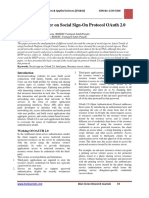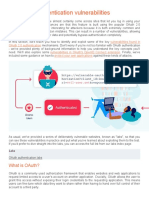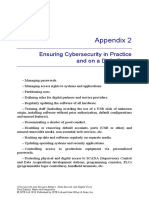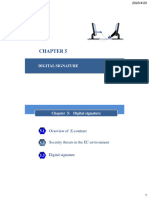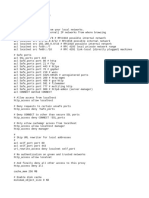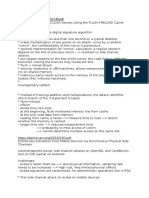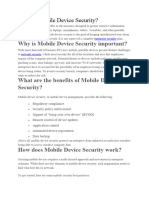0% found this document useful (0 votes)
12 views3 pages4 Authentication
The document provides an overview of authentication and authorization, defining key concepts and tracing the historical evolution of authentication methods from implicit trust to modern techniques like Multi-Factor Authentication and JWTs. It discusses various authentication types, including stateful and stateless methods, and highlights OAuth 2.0's role in secure resource access. The document concludes with best practices for implementing secure authentication systems tailored to specific application needs.
Uploaded by
usaeranotherCopyright
© © All Rights Reserved
We take content rights seriously. If you suspect this is your content, claim it here.
Available Formats
Download as TXT, PDF, TXT or read online on Scribd
0% found this document useful (0 votes)
12 views3 pages4 Authentication
The document provides an overview of authentication and authorization, defining key concepts and tracing the historical evolution of authentication methods from implicit trust to modern techniques like Multi-Factor Authentication and JWTs. It discusses various authentication types, including stateful and stateless methods, and highlights OAuth 2.0's role in secure resource access. The document concludes with best practices for implementing secure authentication systems tailored to specific application needs.
Uploaded by
usaeranotherCopyright
© © All Rights Reserved
We take content rights seriously. If you suspect this is your content, claim it here.
Available Formats
Download as TXT, PDF, TXT or read online on Scribd
/ 3
















